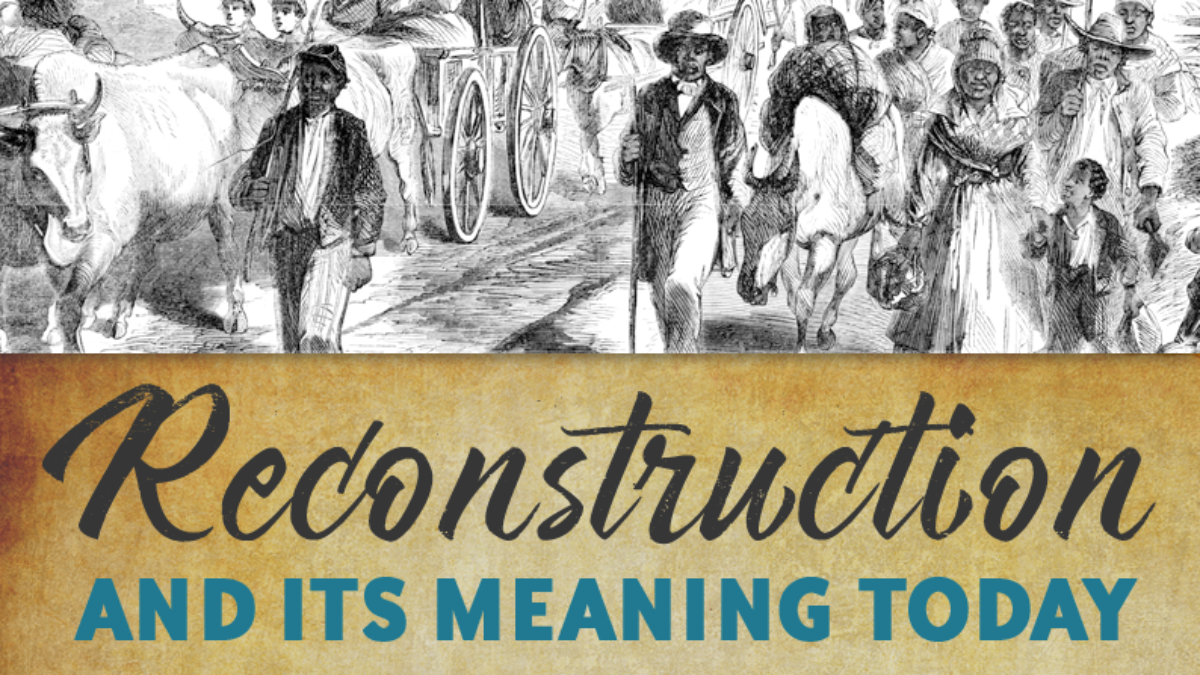
These discussions with students are important before we dig deeply into how policymaking occurs in the United States. Today, however, when it comes to civics 101, the nature and extent of misinformation about the fundamental workings of our government is so vast, and even promulgated by elected and public officials, that one has to start the lesson with “much of what you are hearing and reading about just isn’t so.” In 20 years of teaching health care policy at a university, my first class or two are dedicated to reviewing some founding principles of American government.



Standard guidelines learned in “teacher’s school” are to not define a term or concept by what it is not and to first “meet students where they are” when introducing new or complex topics. According to a 2016 report by a public policy center at the University of Pennsylvania, only 26 percent of adults can identify our three branches of government and only 24 percent of our high school students are proficient in civics. Given the impending appointments of several Supreme Court justices during these next few years brings to light how void our populace is of the most fundamental aspects of the mechanisms and principles of American government. Textbook content produced by OpenStax is licensed under a Creative Commons Attribution License 4.0 license.A revival for civics education in our schools, even colleges, could not come soon enough. We recommend using aĪuthors: Glen Krutz, Sylvie Waskiewicz, PhD Use the information below to generate a citation. Then you must include on every digital page view the following attribution:

If you are redistributing all or part of this book in a digital format, Then you must include on every physical page the following attribution: If you are redistributing all or part of this book in a print format, Want to cite, share, or modify this book? This book is


 0 kommentar(er)
0 kommentar(er)
